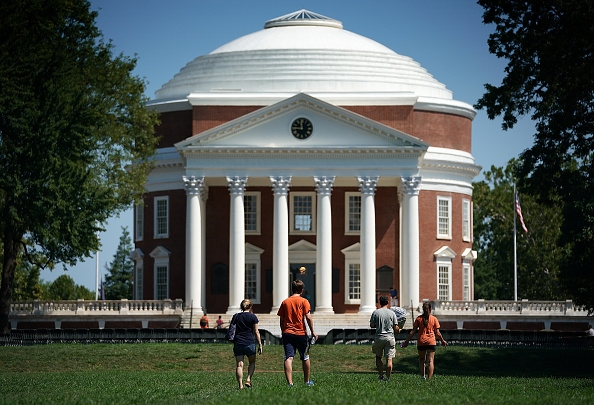You have /5 articles left.
Sign up for a free account or log in.

Getty Images
Virginia is changing the way it calculates need-based aid and distributes it to public four-year institutions.
The change comes as the demographics of students across the nation are shifting, and more students today are over age 25, working while in college or parenting. With these changes and rising tuition costs, more students are demonstrating financial need. Anecdotally, in Virginia, more students are qualifying for a zero-dollar expected family contribution from the federal government, according to Lee Andes, associate director for financial aid at the State Council of Higher Education for Virginia, or SCHEV.
SCHEV has been working with a model designed in 2005, Andes said, so the council decided to revisit it.
The 2005 model, combined with a decision in the 1990s to add estimated amounts of what students could earn while working in the summer to the estimated family contribution formula, resulted in increased expected contributions for low- and middle-income students.
A certain amount of money would be added to the estimated family contribution under this model, bringing zero expected contribution amounts up to $700 to $1,000, depending on whether a student is dependent or independent.
Now, if a student has an expected family contribution of zero dollars by federal calculations, it will stay at zero with the state.
"It's not always reasonable to expect students to work to contribute to the EFC," said Tom Allison, senior associate for finance and innovation at SCHEV.
The new review says that 30 percent of the cost of attendance will come from nonstate resources, like institutional and student contributions. The other 70 percent will subtract current resources, such as federal aid and family contributions.
The council has recommended that the state increase funding for aid by $45 million over the next biennium. Currently, the state contributes about $223 million biennially for aid.
Andes said the council has been "successful" with increasing aid over the last few years, including winning more aid so that colleges could freeze tuition this year, and there is interest in continuing that trend.
The state has a goal for 70 percent of its population to hold a postsecondary degree by 2030, Allison said. As of February 2019, nearly 54 percent of Virginians ages 25 to 64 have a certificate or postsecondary degree, a few points higher than the national average.
To address lawmakers' concerns that increasing funding would drive up the state's already above-average tuition prices, Andes said the state is now using the average of unmet need across the state's institutions to determine student need, rather than total unmet need.
For example, if one college had five students with $1,000 of unmet need, and another had one student with $5,000 of unmet need, Andes said the council would target funding increases for the latter college because it has a greater average of unmet need.
Andes believes this has "vastly improved our targeting" of need.
The council plans to continue reviewing the aid programs through this coming summer. Andes said they plan to look at possibly combining programs to be more efficient, as well as restricting aid and restructuring incentives to encourage degree progression.
"We feel like we have dramatically improved the allocation of funds to each institution," Andes said.




